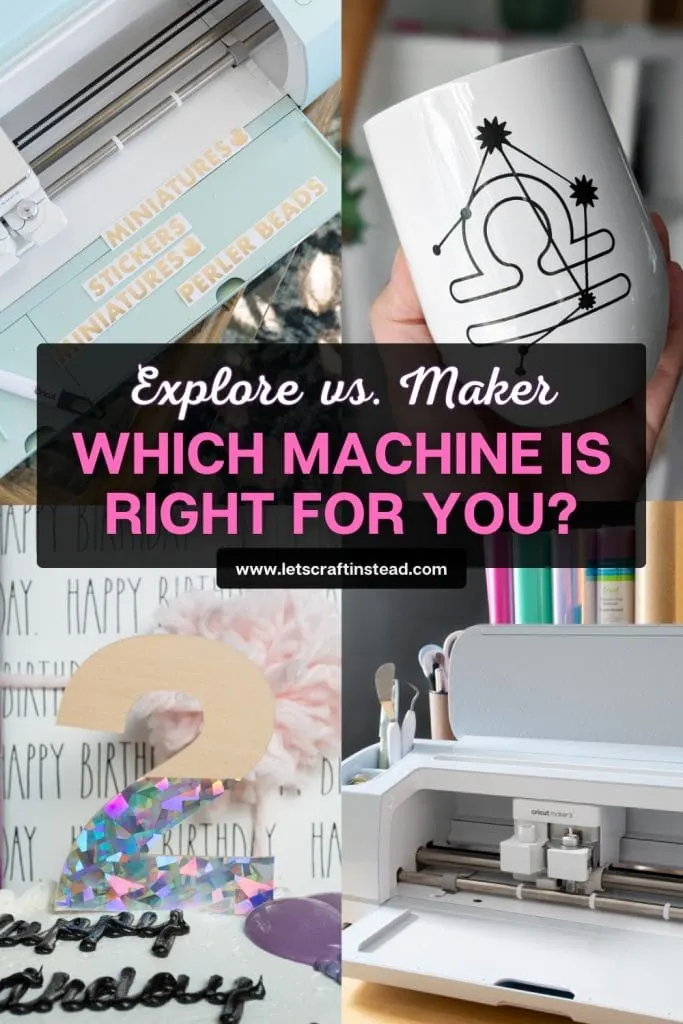I’m sharing an in-depth Cricut Maker 3 vs. Explore 3 review, including how they compare to one another and which might be best for you! Thank you to Cricut for sponsoring this post.
Cricut Maker 3 vs. Explore 3
When you first dive into the Cricut universe, one of the hardest things to wrap your mind around is the differences between the machines. They are different sizes and prices, and some of them have additional capabilities.
But which machine is best for you? I have an article all about this already, “Which Cricut is Right for Me?” But in this article, we’re going to dive deeper into comparing two of the most popular Cricut machines: the Cricut Maker 3 and the Cricut Explore 3.
They share a lot of the same features and capabilities. However, there are some things that the Maker 3 can do that the Explore 3 cannot. But that doesn’t necessarily mean it’s the right machine for you—it’s all about figuring out what you want in a machine and choosing from there! So let’s dive in.

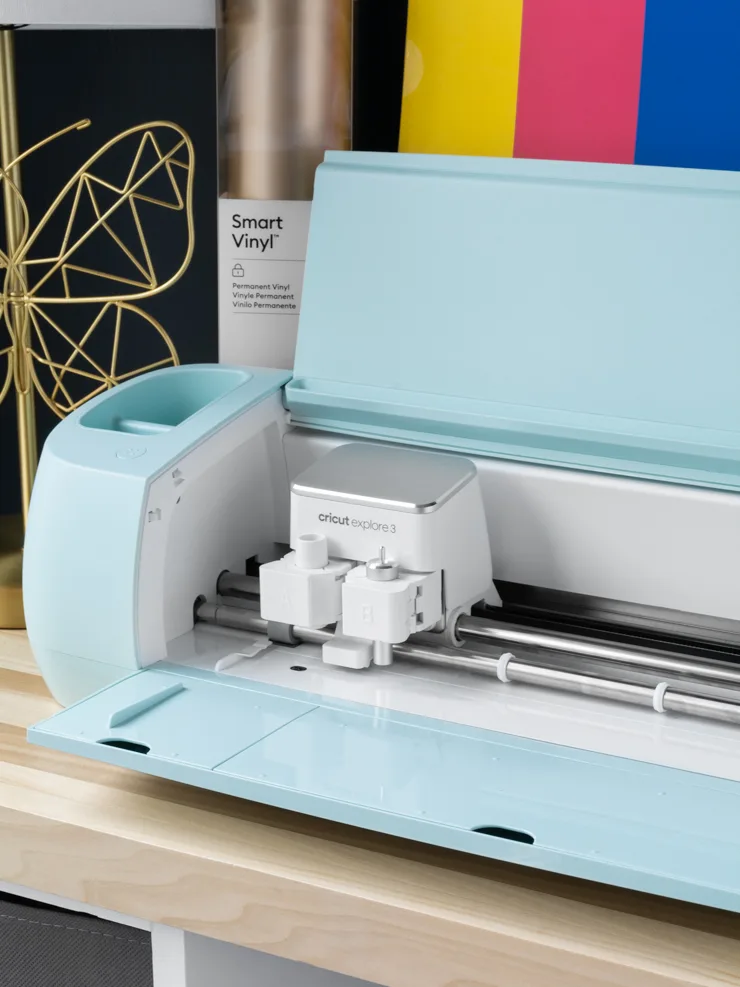
Cricut Maker 3 vs. Explore 3 Overview
Blades & tips:
- Both machines come with a premium fine-point blade; also available are the deep-point and bonded fabric blades.
- Maker 3 exclusive blades and tips include the knife blade for thicker materials, rotary blade for regular fabrics, scoring wheel, engraving tip, debossing tip, perforation blade, and wavy blade.
Material compatibility:
- Both machines can handle 100+ materials including adhesive vinyl, iron-on, paper, wood veneer, and more.
- Maker 3 blades and tips extend compatibility to 300+ materials including balsa wood, chipboard, non-bonded fabrics, and more.
Other capabilities:
- Both machines can use Smart Materials, eliminating the need for adhesive cutting mats.
- Use pens and markers for writing and drawing on both machines.
- Foil transfer kit and tool are compatible with both.
Conclusion:
- Maker 3 is ideal for users seeking the most versatile machine with more advanced crafting options that they can grow with; those who plan to work extensively with fabric will appreciate the rotary blade capabilities.
- Explore 3 remains the best choice for crafters who want to make mostly vinyl decals, iron-on designs, written labels, and cards.
Blades & tips for both machines
First let’s walk through the tools and capabilities of each machine. As you read these, try to think through the types of projects you plan to create with your machine. This will help narrow things down.
Both the Cricut Explore 3 and Maker 3 come with a premium fine-point blade that can cut a variety of materials, including the most popular materials you’ll cut like adhesive vinyl, iron-on HTV, and cardstock.
There are also two other blades you can invest in to expand your cutting capabilities with both of these machines. The first is the deep-point blade, which I have used for years and love. You use it to cut many materials up to 1.5mm thick including poster board, heavy cardstock, chipboard, wood veneer, stiff felt, magnet, and more.
I recently used the deep-point blade to cut wood veneer when playing around with my Cricut Maker 3. Look how great it made this tin can upcycle project turn out! I spray painted the tin can black and then measured and cut a piece of wood veneer to glue on.
The second specialty blade that both the Explore 3 and Maker 3 can use is the bonded fabric blade. This precision blade made of premium German carbide steel can cut bonded fabric with ease. Bonded fabric is a type of fabric that has a double-sided adhesive attached to it.
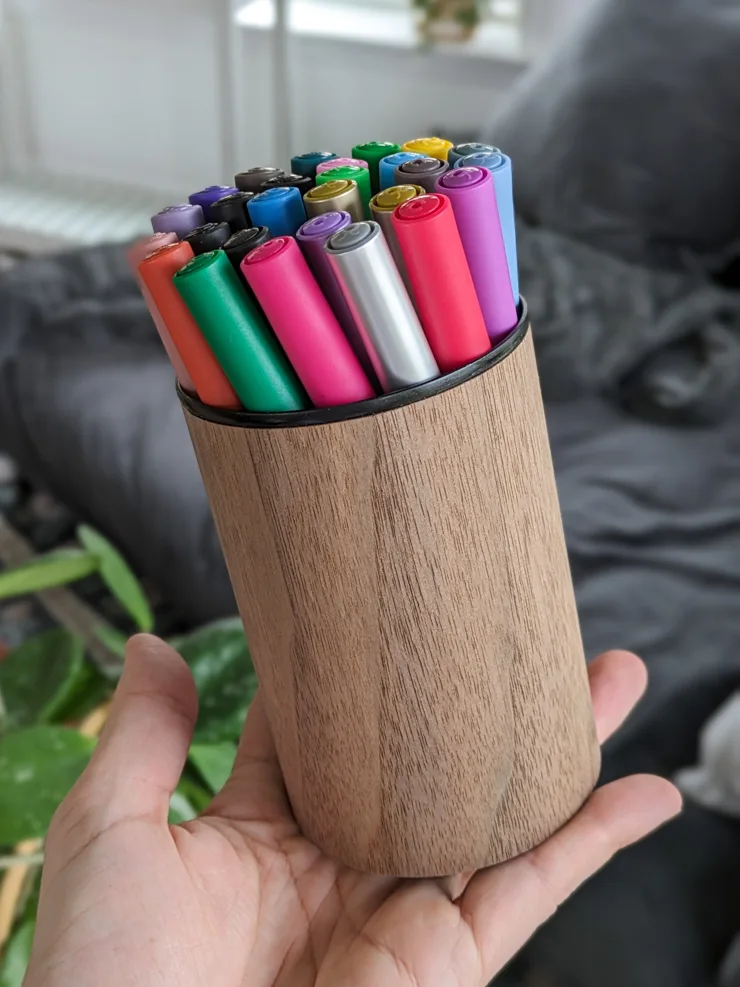
Maker-only blades & tips
Now you have an idea of how diverse the cutting capabilities on these machines are. But the Maker 3 has cutting and design capabilities that the Explore 3 does not. If you decide on the Cricut Maker 3, you’ll also be able to cut thicker materials and most fabrics.
You’ll also be able to use other blades and tips to score, deboss, perforate, and engrave. So let’s walk through the Maker-only capabilities.
- Knife blade. The knife blade cuts through thicker and denser materials like balsa wood, basswood, leather, chipboard, and more.
- Rotary blade. The rotary blade is a tip with a wheel that cuts through a wide range of fabrics that don’t have to be bonded—so, regular fabrics.
- Scoring wheel. Allows you to create clean scoring lines—like you’d use to finish tags, cards, or projects that require folding.
- Engraving tip. Lightly engraves Cricut Aluminum Sheets or anodized aluminum, revealing the silver beneath.
- Debossing tip. Uses a rolling debossing ball to deboss cards, gift boxes, and more.
- Perforation blade. Creates precise perforation cuts for a wide variety of projects that need a “tear-away” feature.
- Wavy blade. Creates decorative wavy edges and curving cuts on iron-on, vinyl, paper, cardstock, fabric, and more.
For more, see my tutorials for Using the Knife Blade, and Cutting Chipboard With Your Cricut!
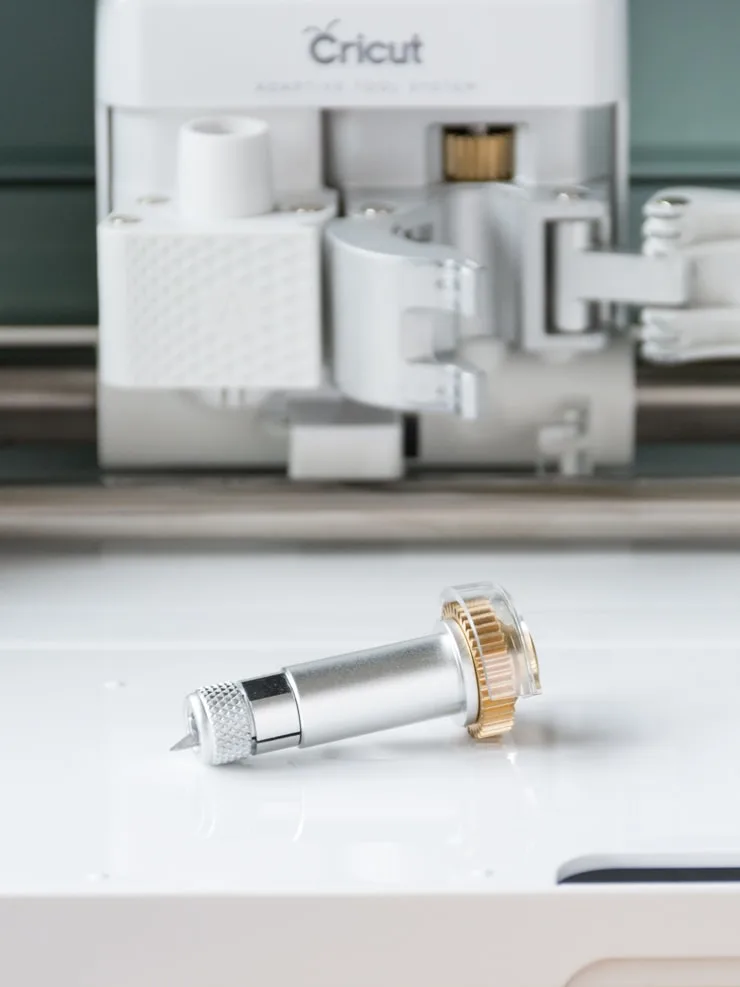
Material compatibility for both machines
I’ve mentioned some of the materials that these machines can cut throughout this post. However, I want to take a deeper look at some of the compatible materials. I know that’s what many people look at when deciding if a machine’s capabilities are right for them.
Below is a list of materials that are compatible with both the Explore 3 and Maker 3. (Keep in mind, though, that some of these might require a deep-point or bonded fabric blade.)
- Adhesive vinyl
- Iron-on HTV
- Cardstock
- Paper
- Writable labels
- Kraft board
- Printable sticker paper
- Craft foam
- Aluminum foil
- Leather
- Bonded fabric
- Magnetic sheet
- Tattoo paper
- Vellum
- Acetate
- Window cling
- Wood veneer
- Wax paper
This is just a sampling of the 100+ materials that both the Explore 3 and Maker 3 can cut. I tried to include some of the more popular materials, but you can review a full list of compatible materials on Cricut’s website.
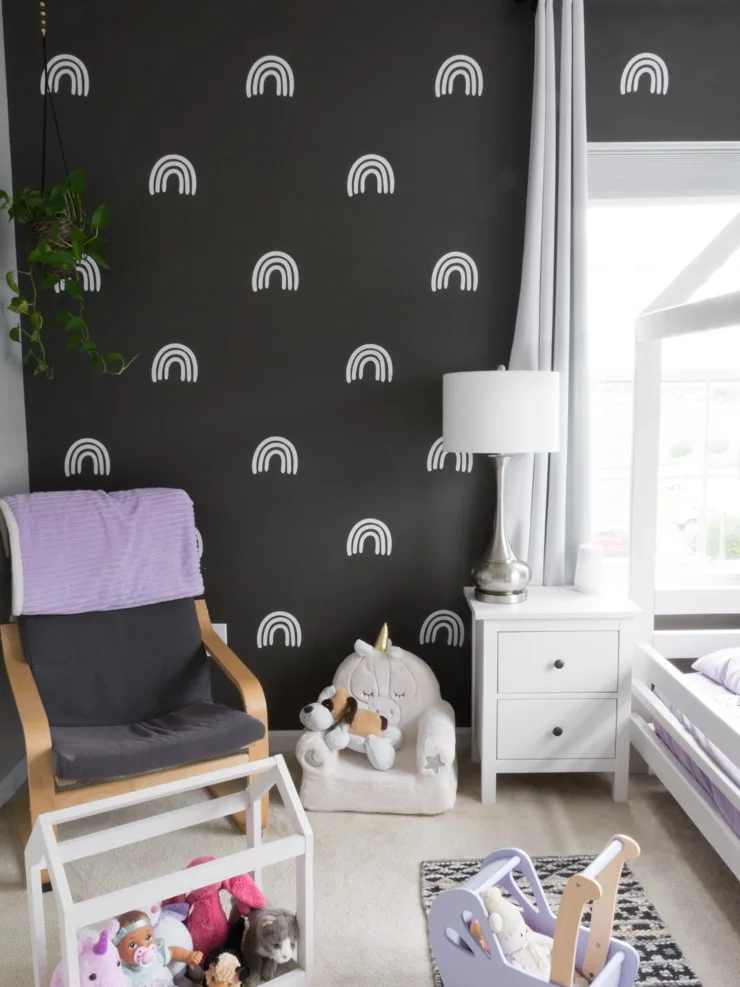
Maker-only materials
Although the Explore 3 can work with over 100 different materials, the Maker 3 is compatible with 300+ materials. The additional blade and tip capabilities available only on the Maker 3 greatly expand this list.
- Art/Illustration Board
- Balsa—1/16″ and 3/32″ (1.6mm and 2.4mm)
- Basswood—1/16″ and 1/32″ (1.6mm and .8mm)
- Chipboard—1.5 mm and 2.0mm
- Tooling Leather—6-7 oz (2.4 mm)
- Non-bonded fabric (e.g., boucle, burlap, canvas, cashmere, chiffon, cotton, denim, faux fur, felt, flannel, jersey, lycra, microfiber, nylon, polyester, sequined, suede, tulle, and more.)
Cricut also notes, though, that the Maker 3 can cut up for 2.4mm thick (depending on material rigidity and composition). So, if the material you want to cut is not listed on their website as a compatible material, you can try a test cut with a similar material setting.

Compatibility with Smart Materials
Both the Explore 3 and Maker 3 can cut Smart Materials—otherwise known as materials you don’t need to use an adhesive cutting mat for. That means that the maximum cut size for both machines is 11.7 inches and 12 feet long (when using Smart Materials).
Note that you aren’t required to use Smart Materials for either machine, though. You can still use the different cutting mats to cut materials, including materials that have a “smart” counterpart. For example, you can use a mat and cut regular vinyl and iron-on if you don’t want to use Smart Vinyl or Smart Iron-On.
Writing, drawing, and foiling capabilities
Cricut machines offer a whole bunch of other capabilities beyond just cutting. There are a variety of pens and markers that you can use on both the Cricut Explore and Maker machines to write and draw with precision and intricacy.
You can also use the foil transfer kit and tool on both machines. The foil transfer kit comes with different tips and foil transfer sheets to help you add stunning foil accents to projects like cards, invitations, tags, and more.
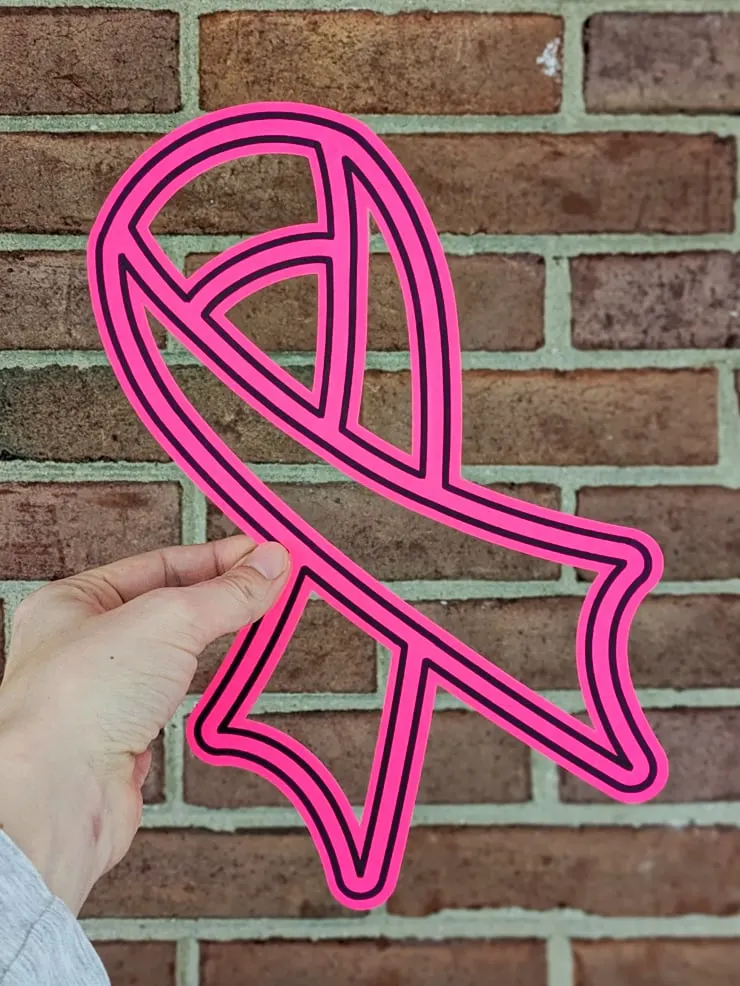
Projects for both machines
Now I’d like to share some example of projects you can make with both machines. These largely include vinyl decals, iron-on designs for clothing, paper crafts, and more. Have a look through these for some inspiration and ideas.

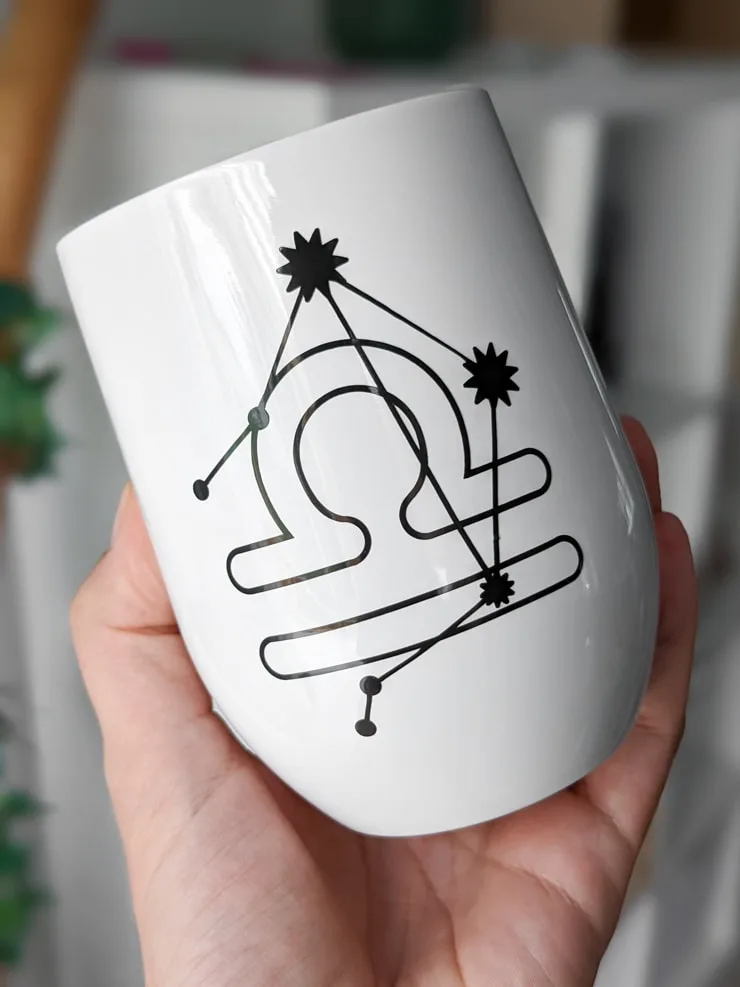
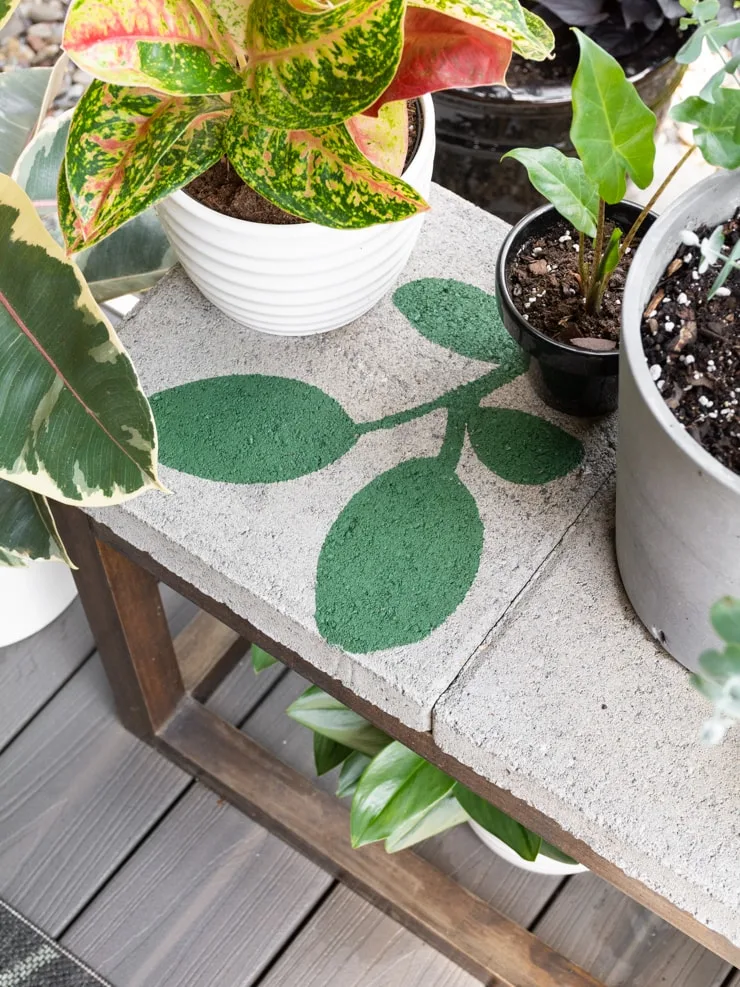
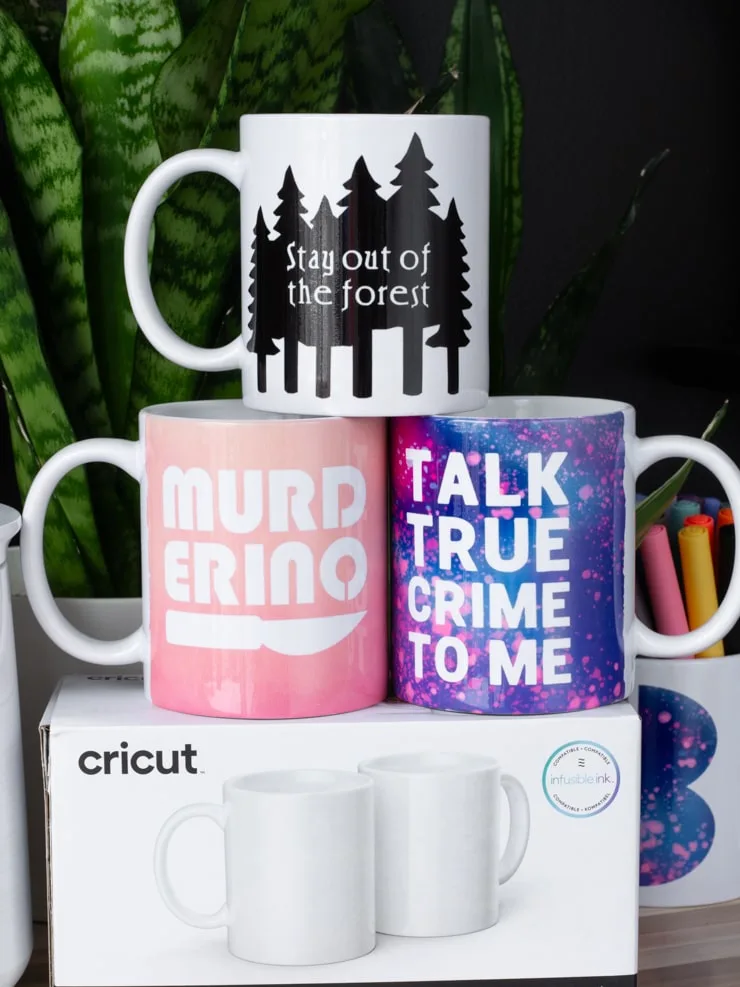

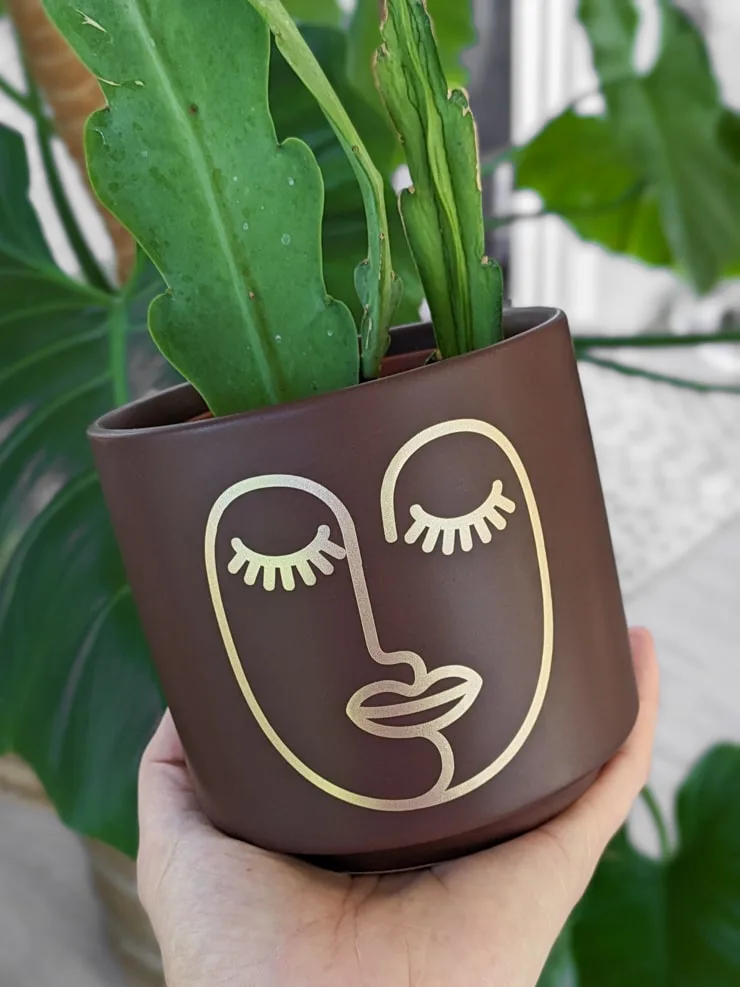
Maker-only projects
And now for some examples of projects you can make only if you have the Maker 3. That’s because these projects use the blades and tips that only the Maker can use—the knife blade, rotary blade, and the assorted quick swap tips that do various things like perforate, score, engrave, and more.
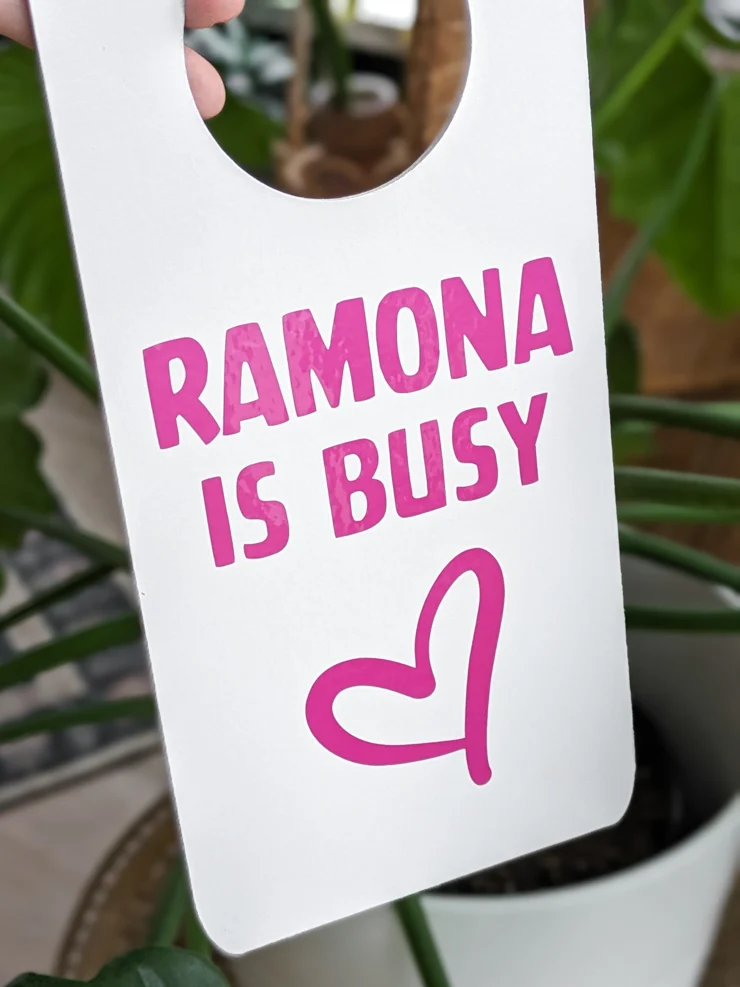
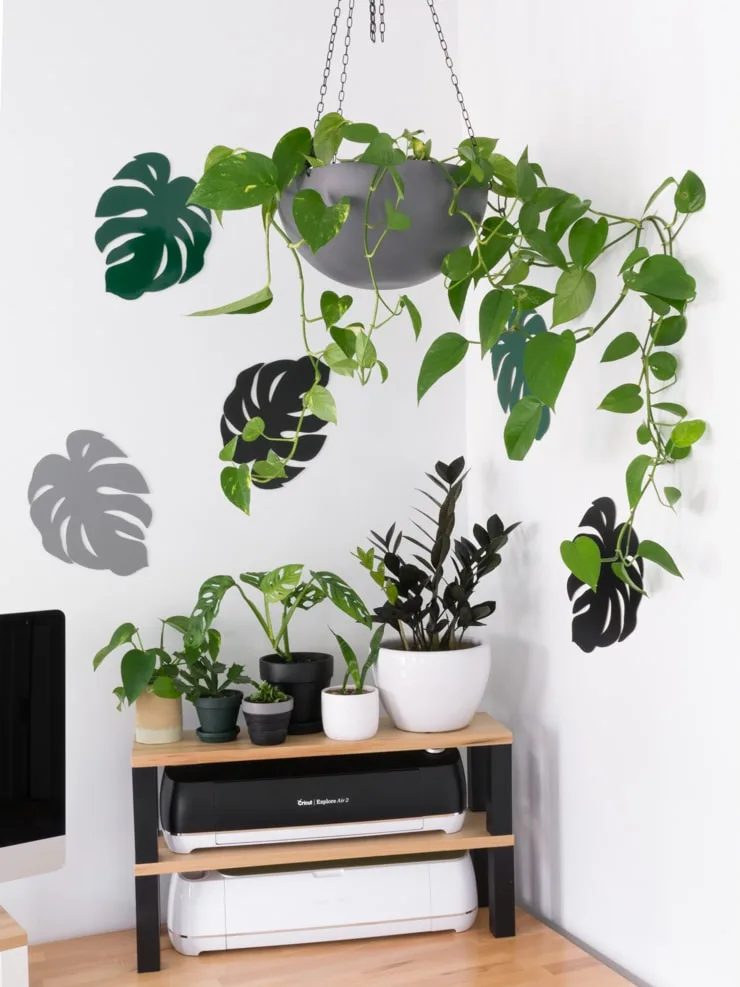
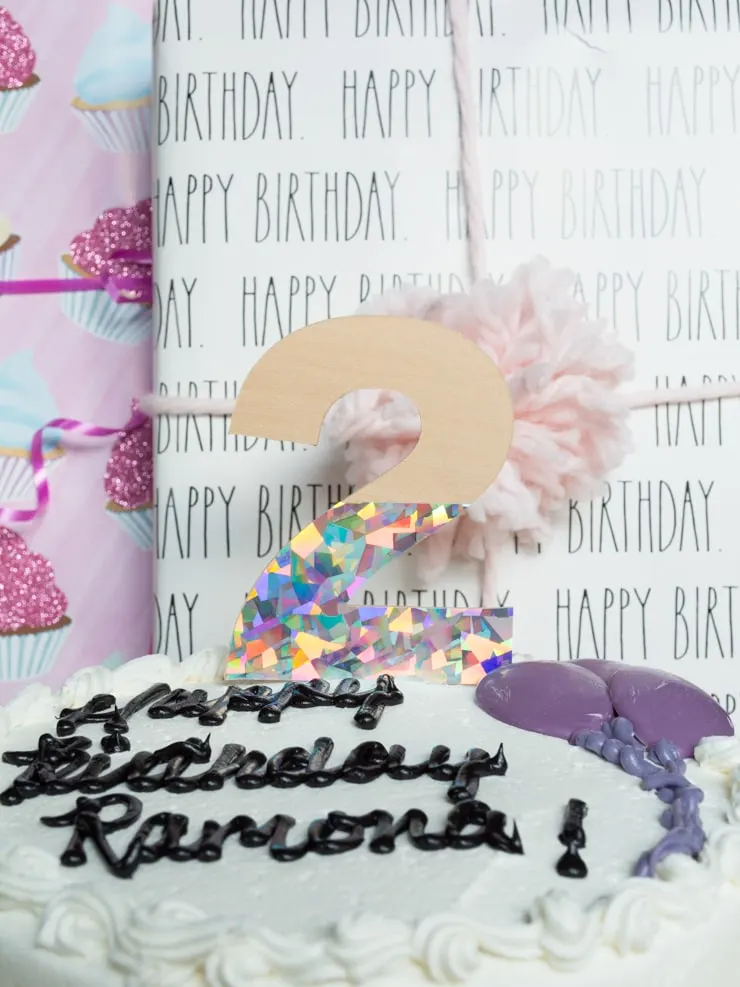
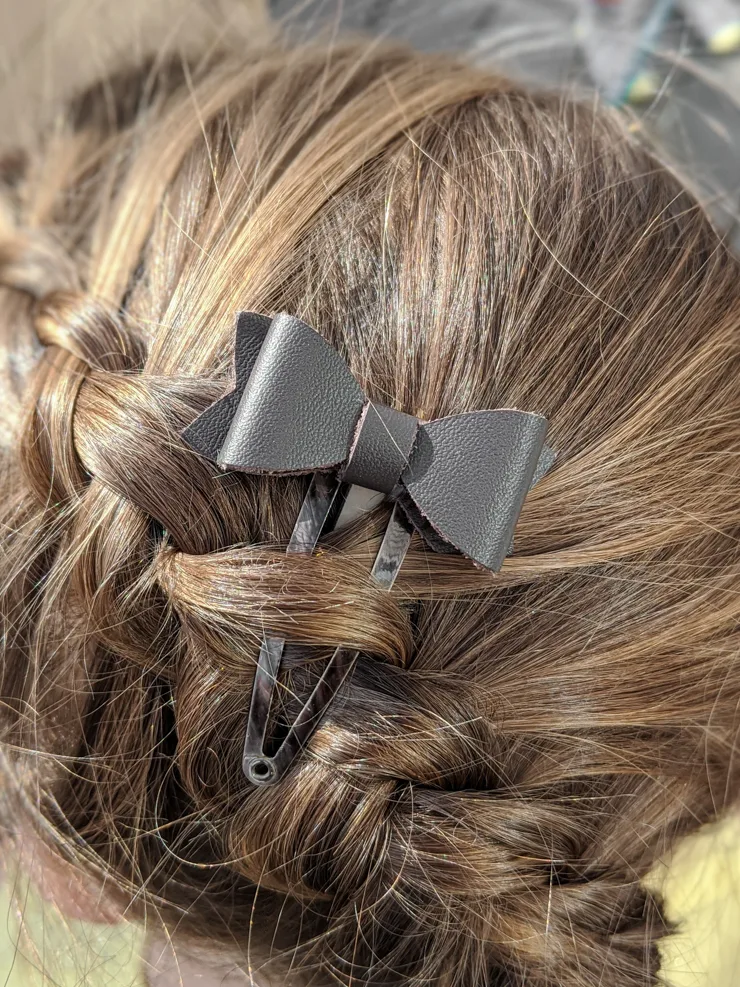
For more, see my article about Wood and Chipboard Projects and my list of 19 Cricut Felt Projects to Inspire You!
In conclusion…
When trying to decide between the Maker 3 and the Explore 3, I highly recommend thinking through your crafting aspirations and requirements. Both machines offer a ton of capabilities and can accomplish a wide array of projects, but the Maker 3 offers features the Explore 3 does not.
The Maker 3 is the ultimate choice for those seeking unparalleled versatility and advanced crafting possibilities. With its exclusive blades and tips, the Maker 3 allows for intricate fabric projects and experimenting with diverse materials like balsa wood and thicker chipboard.
On the other hand, the Cricut Explore 3 remains the go-to option for individuals primarily focused on crafting vinyl decals, iron-on designs, paper creations, and more. Its robust capabilities and compatibility with over 100 materials make it ideal for many crafting enthusiasts.
Ultimately, the decision between the Maker 3 and Explore 3 hinges on your desired projects and long-term crafting goals. Whichever machine you choose, you won’t be disappointed! I have a love both. In the meantime, drop your comments below—I’m happy to help! 🙂
Pin my Cricut Maker 3 vs. Explore 3 review!
